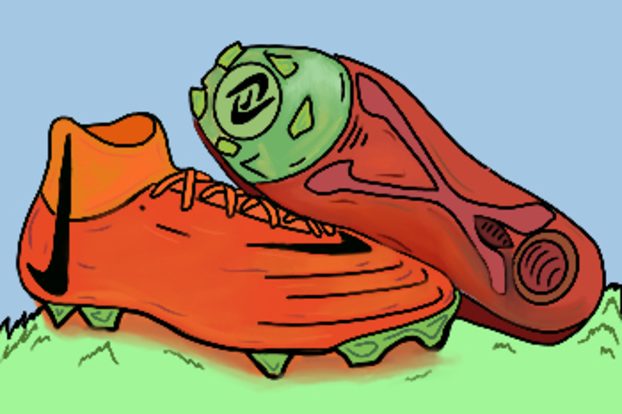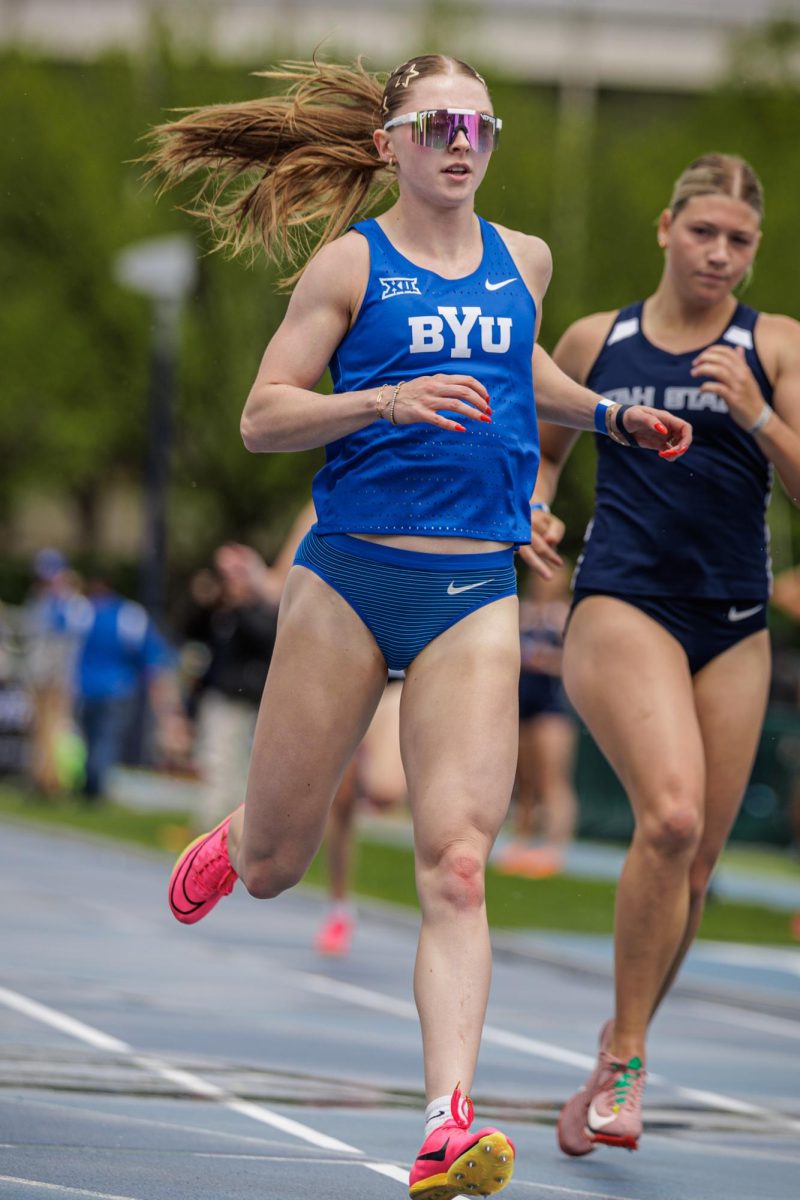Serious injuries to the Anterior Cruciate Ligament (ACL) are dominating athletics.
Recent statistics show a drastic increase in ACL tears, specifically in young female soccer players. According to uclahealth.org, about a third of preteen and teen soccer players will sustain an ACL tear. Even professional athletes are tearing ACLs at record rates.
Several prominent athletes, including Megan Rapino and Leah Williamson, were not able to compete in major competitions due to ACL injuries, which take up to a year to recover from. The causes of the continuing rise in women’s ACL injuries are complicated and not well understood. It is thought to be due to women having wider hips, increasing the angle into the knee. Hormones can affect the stability of joints and make them looser.
Athletes run, jump, twist and turn in ways that put strain on the knee ligaments. The good news is that specific, preliminary warmup stretches and exercises – called the FIFA 11+ – completed prior to taking the field are very effective at reducing ACL tears. Sadly, coaches and clubs are not always making these exercises a priority.
Seniors Amity Humphrey and Karys Gates have proactively started an injury prevention program including social media platforms and website, ACLstronger.com, featuring the FIFA 11+ exercises and a hub of information to help young athletes. This program provides a series of exercises to reduce the risk of ACL injuries, as well as other information about the mechanics of the ACL and what happens when it is torn. Gates and Humphrey also travel to soccer clubs to bring awareness to prevention components and to teach young athletes and coaches the exercises. Among other links on their website, they also highlight the Phantom Luna Boot, recently released by Nike and strategically designed and tested to help athletes increase fluidity in movements and reduce rotational traction.
Humphrey describes the process of creating an engaging program and the importance of these preventative measures.
“We created ACL Stronger because we have seen too many of our friends and classmates tear their ACL’s and have to go through a year-long recovery process. We realized social media is our best method of reaching a larger demographic so that we can help more people prevent or recover from tears.”
Overall, advances are being made, but sharing this information and prioritizing prevention measures have been slow to come at both the club and professional levels. An ACL tear is a devastating injury to young athletes. Even after repair, a return to the sport is not guaranteed, and knee problems can exist for decades. A focus on education and prevention can make all the difference, and ACLStronger hopes to help turn the tide of statistics into more athletes enjoying the beautiful game, both now and in the future.




Gordon Crisman • Dec 18, 2023 at 5:13 PM
Great article, Karys!